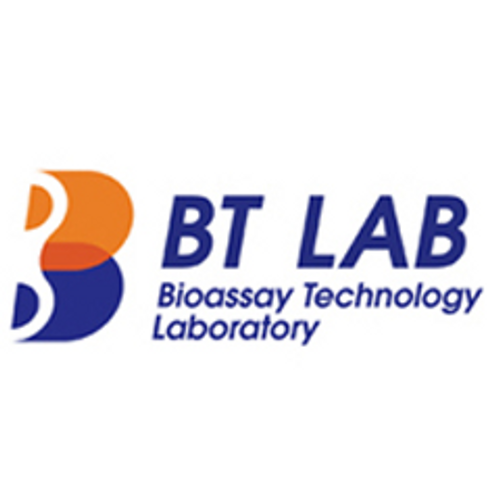Product Description
Rat Vitamin D2 (VD2) ELISA Kit | AE11751RA | Abebio
Species Reactivity: Rat (Rattus norvegicus)
Abbreviation: VD2
Alternative Name: N/A
Application: ELISA
Range: 1.23-100 ng/mL
Sensitivity: 0.53 ng/mL
Intra-Assay: ≤4.6%
Inter-Assay: ≤6.7%
Recovery: 0, 99
Sample Type: Serum, Plasma, Other biological fluids
Detection Method: Sandwich
Analysis Method : Quantitive
Test Principale: This assay employs a two-site sandwich ELISA to quantitate VD2 in samples. An antibody specific for VD2 has been pre-coated onto a microplate. Standards and samples are pipetted into the wells and anyVD2 present is bound by the immobilized antibody. After removing any unbound substances, a biotin-conjugated antibody specific for VD2 is added to the wells. After washing, Streptavidin conjugated Horseradish Peroxidase (HRP) is added to the wells. Following a wash to remove any unbound avidin-enzyme reagent, a substrate solution is added to the wells and color develops in proportion to the amount of VD2 bound in the initial step. The color development is stopped and the intensity of the color is measured.
Product Overview: Cholecalciferol is a form of vitamin D, also called vitamin D3. It is structurally similar to steroids such as testosterone, cholesterol, and cortisol (though vitamin D3 itself is a secosteroid) . Cholecalciferol is produced industrially for use in vitamin supplements and to fortify foods by the ultraviolet irradiation of 7-dehydrocholesterol extracted from lanolin found in sheep's wool. Paraphrasing a more detailed explanation, cholesterol is extracted from wool grease and wool wax alcohols obtained from the cleaning of wool after shearing. The cholesterol undergoes a four step process to make 7-dehydrocholesterol, the same compound that is stored in the skin of animals. The 7-dehydrocholesterol is then irradiated with ultra violet light. Rodents are somewhat more susceptible to high doses than other species, and cholecalciferol has been used in poison bait for the control of these pests.
Stability: The stability of ELISA kit is determined by the loss rate of activity. The loss rate of this kit is less than 5% within the expiration date under appropriate storage condition. The loss rate was determined by accelerated thermal degradation test. Keep the kit at 37°C for 4 and 7 days, and compare O.D.values of the kit kept at 37°C with that of at recommended temperature. (referring from China Biological Products Standard, which was calculated by the Arrhenius equation. For ELISA kit, 4 days storage at 37°C can be considered as 6 months at 2 - 8°C, which means 7 days at 37°C equaling 12 months at 2 - 8°C) .
 Euro
Euro
 USD
USD
 British Pound
British Pound
 NULL
NULL








